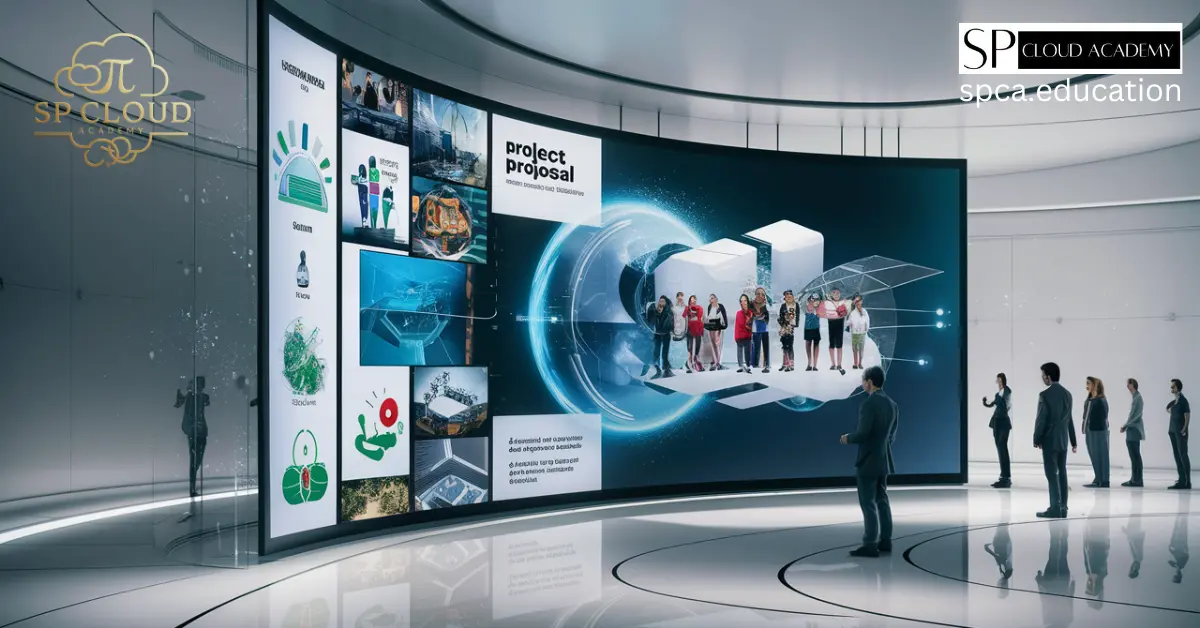As a professional, I have come to understand the importance of a well-crafted project proposal. Whether you’re a freelancer, a business owner, or a team leader, knowing how to create an effective project proposal is crucial for success. In this ultimate guide, I will take you through the key steps and best practices to help you craft a winning project proposal.
Importance of well-crafted project proposals
A project proposal serves as a roadmap for your project. It outlines the objectives, scope, timeline, and budget, and provides a clear understanding of what needs to be done. A well-crafted project proposal not only helps you secure funding and resources but also sets the foundation for a successful project. It demonstrates your professionalism, attention to detail, and commitment to delivering results. A poorly written proposal, on the other hand, can lead to confusion, delays, and ultimately, project failure. Therefore, investing time and effort into creating a compelling project proposal is essential.
Understanding the purpose and audience of your proposal
Before you start writing your project proposal, it’s important to understand its purpose and audience. The purpose of your proposal is to convince the reader that your project is worth investing in. Whether you’re pitching to a potential client, a stakeholder, or your boss, you need to tailor your proposal to their needs and expectations. Research your audience and identify their pain points, goals, and priorities. This will help you craft a proposal that speaks directly to their needs and showcases the value of your project.
Key steps in crafting winning project proposals
Crafting a winning project proposal involves a series of key steps. Let’s dive into each step in detail:
Conducting thorough research and analysis
A successful project proposal starts with thorough research and analysis. Gather all the necessary information about the project, including its background, objectives, and potential challenges. Identify the target audience and understand their needs and expectations. Analyze the market and competitors to position your project effectively. This research will provide you with valuable insights that will help you craft a proposal that stands out.
Defining project objectives and scope
Once you have conducted your research, it’s time to define the project objectives and scope. Clearly articulate what you aim to achieve with your project and outline the specific deliverables. Define the scope of work, including the tasks, milestones, and dependencies. This will provide a clear roadmap for your project and ensure that everyone involved understands the project’s goals and boundaries.
Developing a timeline and budget
A well-planned project proposal includes a realistic timeline and budget. Break down the project into phases and assign deadlines to each task. Consider any dependencies, potential risks, and contingencies. Develop a detailed budget that includes all the necessary resources, such as personnel, equipment, and materials. Ensure that your timeline and budget are feasible and align with the project’s objectives.
Writing a compelling executive summary
The executive summary is the first section of your project proposal that the reader will see. It’s essential to make it compelling and engaging. Summarize the key points of your proposal, including the project objectives, scope, timeline, and budget. Highlight the value that your project will bring and how it addresses the needs of your audience. Keep it concise and persuasive, capturing the reader’s attention from the start.
Creating a detailed project plan and methodology
The project plan and methodology section of your proposal provide a detailed overview of how you will execute the project. Break down the tasks, assign responsibilities, and define the milestones and deliverables. Describe the methodology or approach you will use to achieve the project objectives. Clearly outline the project management processes, communication channels, and quality control measures. This section demonstrates your expertise and professionalism.
Presenting a strong value proposition
One of the most important aspects of a project proposal is the value proposition. Clearly articulate the unique value that your project brings to the table. Explain how it solves a problem or addresses a need. Highlight the benefits and outcomes that the project will deliver. Use data, case studies, and testimonials to support your claims. A strong value proposition convinces the reader that your project is worth investing in.
Including a comprehensive budget and cost breakdown
A comprehensive budget and cost breakdown are crucial components of a project proposal. Provide a detailed breakdown of all the costs involved, including personnel, equipment, materials, and any other expenses. Clearly explain how the budget aligns with the project objectives and deliverables. Use charts or tables to make the information easily understandable. Transparency and accuracy in your budgeting will build trust with your audience.
Incorporating visuals and multimedia elements
Visuals and multimedia elements can enhance the readability and impact of your project proposal. Include relevant charts, graphs, and images to illustrate your points. Use infographics to present complex data in a clear and concise manner. Consider creating a video or slideshow to showcase your project visually. Adding these elements will make your proposal more engaging and memorable.
Proofreading and editing your project proposal
Before submitting your project proposal, it’s crucial to proofread and edit it thoroughly. Check for any grammatical errors, typos, or inconsistencies. Ensure that the proposal flows logically and coherently. Pay attention to the formatting and organization to make it visually appealing. Consider asking a colleague or a professional editor to review your proposal for additional feedback. A polished and error-free proposal demonstrates your attention to detail and professionalism.
Best practices for formatting and organization
In addition to the key steps mentioned above, there are several best practices you should follow for formatting and organization:
- Use a professional and consistent formatting style throughout your proposal.
- Break down the content into sections and subsections with clear headings.
- Use bullet points and numbered lists to make the information more digestible.
- Use appropriate fonts and font sizes for easy readability.
- Include a table of contents to help the reader navigate through the proposal.
- Use headers and subheaders to guide the reader through the document.
- Consider using a visually appealing template to enhance the overall look of your proposal.
Tips for effective communication and presentation
Effective communication and presentation are essential when it comes to project proposals. Here are some tips to help you communicate your ideas effectively:
- Use clear and concise language, avoiding jargon or technical terms that may confuse the reader.
- Structure your sentences and paragraphs logically, ensuring a smooth flow of information.
- Use active voice to make your writing more engaging and impactful.
- Use persuasive language and compelling arguments to convince the reader of the value of your project.
- Use visuals and multimedia elements strategically to support your points.
- Practice your presentation before delivering it to ensure a confident and professional delivery.
Reviewing and revising your project proposal
Once you have completed your project proposal, take the time to review and revise it. Read it from the perspective of your audience and make sure it addresses their needs and concerns. Look for any areas that need clarification or further explanation. Consider seeking feedback from colleagues or mentors to get different perspectives. By reviewing and revising your proposal, you can ensure that it is polished and ready for submission.
Examples of successful project proposals
To further illustrate the concepts discussed in this guide, let’s take a look at some examples of successful project proposals:
- Example 1: A proposal for a marketing campaign that outlines the objectives, target audience, strategies, and expected outcomes.
- Example 2: A proposal for a software development project that includes the project scope, timeline, budget, and methodology.
- Example 3: A proposal for a construction project that outlines the building plans, materials, costs, and timeline.
By studying successful project proposals in your industry or field, you can gain insights and inspiration for your own proposal.
Conclusion: The key to success lies in a well-crafted project proposal
Crafting a winning project proposal requires careful planning, research, and attention to detail. By following the key steps and best practices outlined in this guide, you can increase your chances of creating a compelling proposal that gets results. Remember to tailor your proposal to the needs and expectations of your audience, present a strong value proposition, and communicate your ideas effectively. With a well-crafted project proposal, you can secure funding, resources, and support for your project, setting yourself up for success.
Now that you have all the tools and knowledge to craft a winning project proposal, it’s time to put them into action. Start working on your proposal today and see the difference it can make in achieving your project goals. Good luck!
See Also
-

Stay Ahead of the Curve: 9 AI Skills That Set You Apart in 2025
-

Crack the Code of Learning: What, Why, How & a Dash of Practice-Based Magic
-

The Ultimate Guide to Creating Computer Hardware Specs for Procurement Success
-

Why Top Employers Covet Professionals Who Master Technical Specifications
-

Why Job-Related SOPs Are the Secret Weapon of Top IT Teams
-

Building a Future-Ready Workforce: Strategies for Upskilling and Reskilling in TVET
